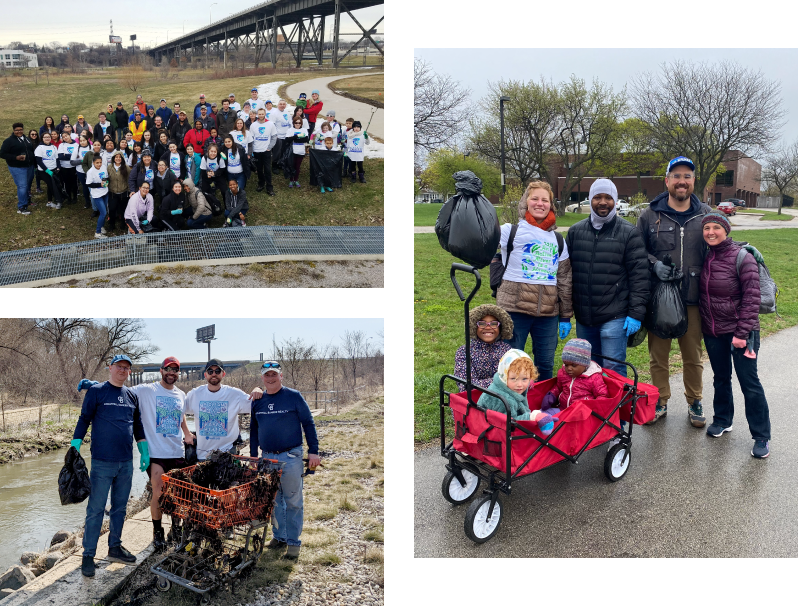Join a Cleanup

Roll Up Your Sleeves & Dive In
Looking for an easy way to get started on your volunteer or water protection journey? Our seasonal river cleanups are a great place to start! With our fall and spring, region-wide cleanups, you can choose from a huge list of locations making it easier than ever to join the movement.


Why Join a Cleanup?
Six Reasons to Take the Plunge
- Our Rivers Need You
Our volunteers pull thousands of pounds of plastics and trash out of our rivers each year. By volunteering for just a few hours, you can help limit the harm done to our local fish, wildlife, and plants.
- It’s Easy
There’s no long-term commitment required, it’s free, you can register online, and there are tons of locations making it easy to get to! Whether you’re looking to take advantage of your volunteer hours or you’re looking for something new to do, our cleanups make the perfect option!
- Make New Friends
If you’re excited to help clean up our rivers, you’re in great company! We can register anywhere from 10 to 200 volunteers based on the size and need of each site, which means you can register with your own group or go on your own and still have a great time connecting with people who share the same values and sense of adventure.
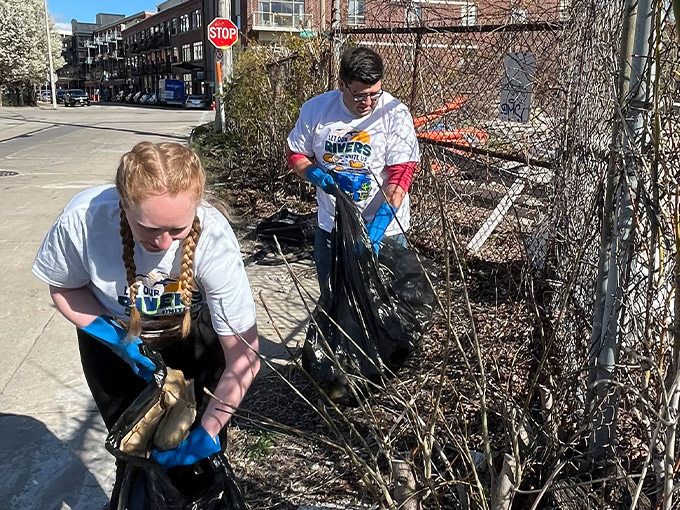
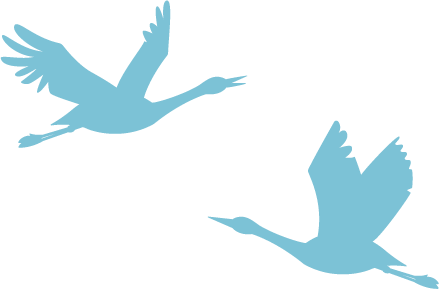
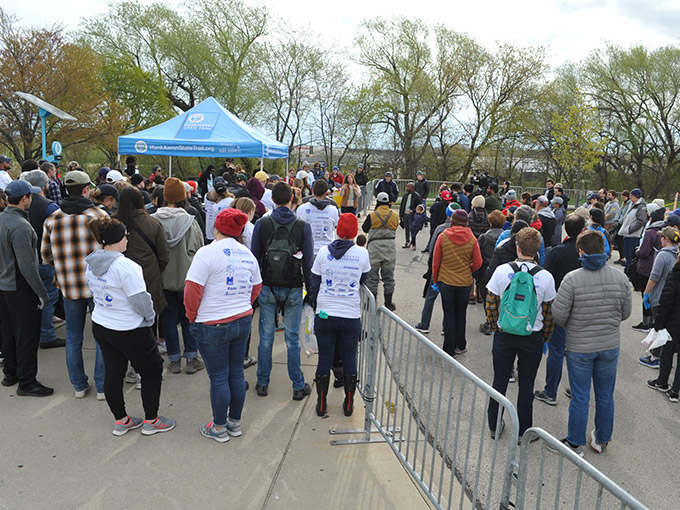
- Improve Your Community
Let’s be honest, trash isn’t nice to look at. Whether you live along the waters of the Milwaukee River Basin, or you like to visit, participating in a cleanup helps ensure our waterfronts stay beautiful for everyone in our communities!
- Support a New Generation of Riverkeepers
Register with your little ones to start their passion for conservation and the environment early. Give children the gift of real, hands-on learning experiences while creating a safer, cleaner environment for all kids in our area.
- Keep Our Waters Safe
Remove harmful debris and plastics from our waterways to keep our riparian wildlife safe!
Missed Your Opportunity This Season?
That’s Okay – Host Your Own Cleanup with MRK!
We understand that schedules get busy and it’s not always easy to get things to line up. That’s why we offer the option for anyone to host their own cleanup!
We’ll work with you to pick the best date and location, help guide you through how to host your own cleanup, provide resources materials to help you plan, and, when resources allow, we’ll send one of our team members to help during the day! We even supply all the materials!
This is a great option for large groups, businesses, and organizations looking to build camaraderie while making a real impact in real time.
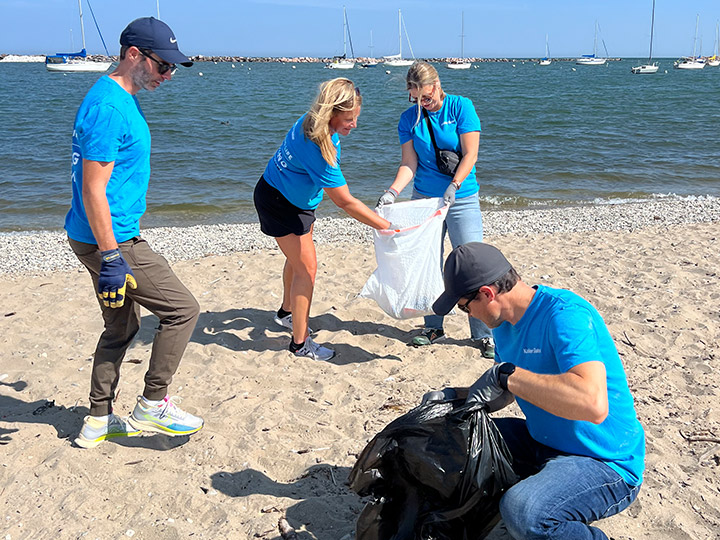
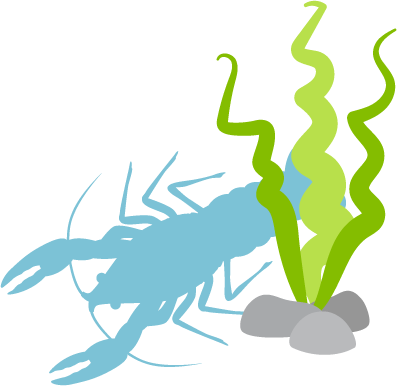
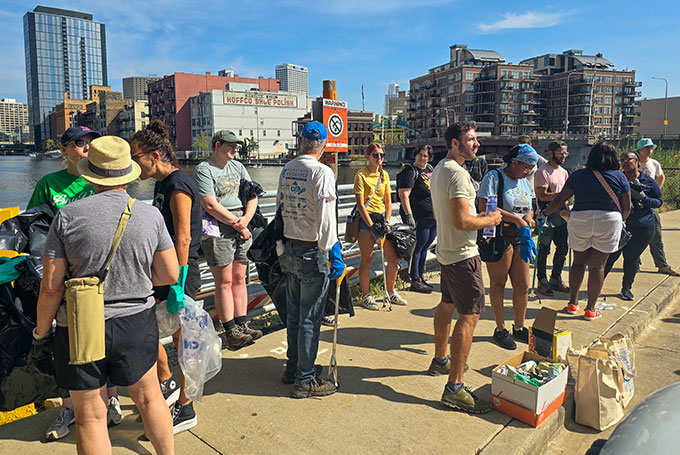
Love Clean Up Day &
Can’t Wait for the Next?
Adopt-a-River to Make a Long-Standing Commitment
Did you know that you can adopt a section of our waterways? By committing to clean up a section two or more times a year, you will steward your own section of the Milwaukee River Basin and join a community of adopters working to restore our waterways.
Who Can Adopt a River?
- Individuals & Families
- Companies
- Organizations
- Community Groups


